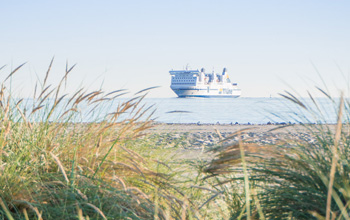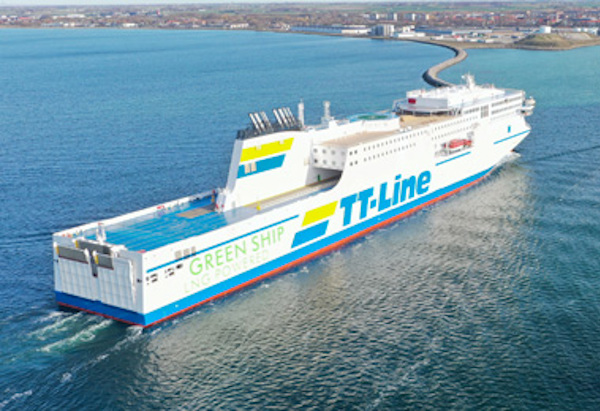Emissions Trading System

The ETS (EU Emissions Trading System)
With the European Climate Law, the realization of the EU's climate target to reduce emissions in the EU by at least 55% by 2030 becomes a legal obligation. The "Fit for 55" package includes a series of proposals for revising and updating EU legislation. Additionally, it contains proposals for new initiatives to ensure that EU measures align with the climate goals agreed upon by the Council and the European Parliament. EU countries are working on new legislation to achieve this goal and make the EU climate-neutral by 2050. The ETS is a "Cap and Trade" system, where the emission of certain pollutants in a specific geographic area is limited, and companies are required to possess a certificate for each ton of CO2 or other greenhouse gases they emit. With the ETS system, the EU aims to ensure that greenhouse gas emissions, such as carbon dioxide (CO2), from electricity generation and industry (production and transportation), are reduced.
Implementation in the Shipping Industry
The European Union is widening the use of ETS to include the Shipping industry (which contributes with about 3% of the total carbon emission from human activities) as from 1 January 2024. Vessel operators will have to secure EUAs (European Union Allowance) for 40% of their emissions in 2024, for 70% of their emissions in 2025 and as from 2026 for 100% of their emissions. The Income from the sales of allowances will be used for the Energy and Climate Fund (ECF).
Auctioning of carbon dioxide emission allowances
One European Union allowance (EUA) is needed to cover one ton of CO2 emissions. Conventional marine fuels cause around 3,1 - 3,2 tons of carbon dioxide emissions per ton of fuel.
Companies can buy EUAs (European Union allowances) through auctions, directly from other companies or through intermediaries. Currently The European Energy Exchange (EEX) in Germany acts as an common auctioning platform for authorization of allowances to the market. The Prices of an allowance is determined by supply and demand on the market.
For departures in 2025, the European Emissions Trading Scheme (ETS) fees per person and route will apply in addition to the fuel surcharge:
| Route | Adult | Children (7-17) |
| Trelleborg-Rostock | 4€ | 2€ |
| Trelleborg-Travemünde | 5€ | 2,50€ |
| Trelleborg-Świnoujście | 5€ | 2,50€ |
| Karlshamn-Klaipėda | 10€ | 5€ |
| Trelleborg-Klaipėda | 10€ | 5€ |
| Travemünde-Klaipėda | 10€ | 5€ |
| Rostock-Klaipėda | 10€ | 5€ |
There is no ETS fee for children up to the age of 6.
External resources
ETS: https://www.epa.ie/our-services/licensing/climate-change/eu-emissions-trading-systems-/
EUA Notation: https://sandbag.be/carbon-price-viewer/


TT-Line’s Green Ships Policy
TT-Line supports the EU’s ambition with sustainable solutions in its operations. TT-Line introduced the first Green Ships already in 1996 and is running with the newest Generation of Nils Holgersson (May 2022) and Peter Pan (February 2023) one of the world`s most modern and environmentally friendly RoPax vessels. TT-Line’s Green Policy includes several technology features and innovations that have significant positive impact on fuel consumption and emissions.
TT-Line’s Green Ships Policy Read more

